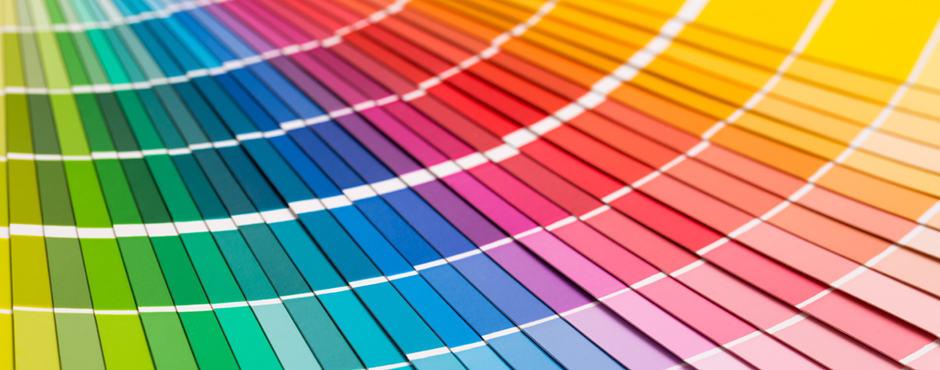Colour is the silent language that speaks volumes about your brand. It’s the first thing that catches the eye, influencing perceptions and stimulating emotions Colours evoke emotions, convey messages, and even influence our decisions. As creatives, we’re not just painting with colours; we’re leveraging them as powerful communicative tools. The right palette can enhance brand recognition, guide user experience, and create visual harmony. It’s more than aesthetics; it’s about understanding the psychology of colour. Colour in creative plays a pivotal role in brand communication and consumer decision-making. Understanding colour psychology can help you choose the right palette for your brand, creating a strong visual identity that connects with your audience.
Consider some of the world’s most recognizable brands.
Coca-Cola, for instance, has leveraged the boldness and energy of red to convey passion and excitement. Facebook, on the other hand, uses calming blue tones to inspire trust and reliability. These brands have effectively harnessed the power of colour to shape their image and resonate with their target audience.
But how do you select the perfect colour palette that represents your brand accurately? The answer lies in comprehending the emotional and psychological undertones each colour carries. Red often stirs feelings of passion, urgency, or aggression. Blue can communicate trust, tranquillity, or melancholy. Yellow typically signifies happiness, vitality, or caution, while green is often associated with nature, growth, or envy. Let’s not forget purple, a colour that can project creativity, luxury, or mystery depending on its use. Every colour carries a plethora of meanings, shaped by cultural, demographic, and individual perspectives.
When choosing colours in creative, consider your brand’s personality and your target audience’s preferences. A brand embodying youth and energy might lean towards bold, lively colours, whereas a luxury brand might gravitate towards a more understated, sophisticated palette. It’s crucial to maintain consistency across all platforms and touchpoints, ensuring your chosen colours align seamlessly with your brand.
Never underestimate the importance of testing and research. Different cultures, age groups, and genders may react differently to certain colours. Employ tools like A/B testing, focus groups, and market research to delve into your target audience’s colour preferences. Remember, colour is not a one-size-fits-all solution. It’s both an art and a science, demanding a thoughtful approach and a profound understanding of your audience. However, when executed correctly, the right colour palette – perhaps featuring a dash of purple… or a whole lot of it! – can significantly bolster your brand identity, shape perceptions, and spur engagement.
So, how can you choose the right palette for your brand or project? Want to learn more about how colour can elevate your brand’s identity and message? Visit our website for more insights or contact us to explore how we can help you create a visually compelling brand identity.

